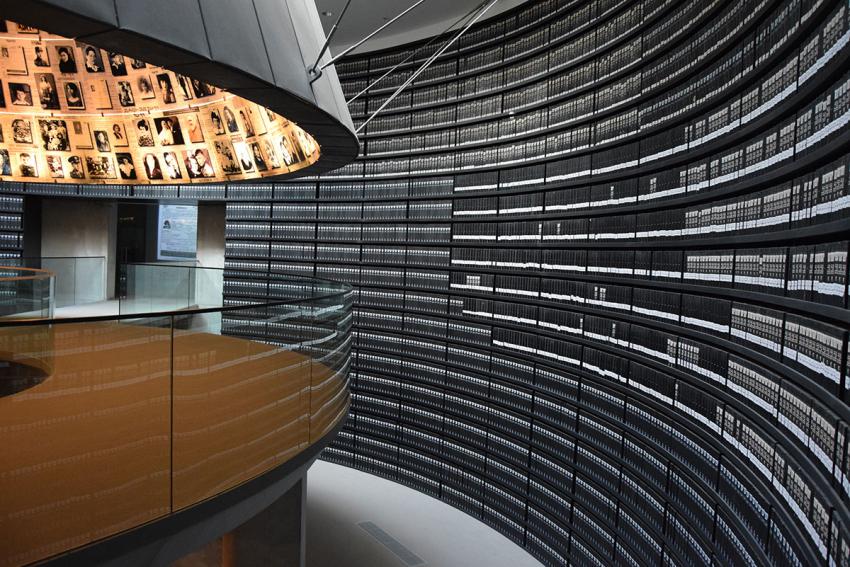Since 1954, Yad Vashem has worked to fulfill its mandate to preserve the memory of the six million Jews murdered in the Holocaust by collecting their names, the ultimate representation of a person’s identity.
"And to them will I give in my house and within my walls a memorial and a name (Yad Vashem) ... that shall not be cut off."
(Isaiah 56:5)
Our aim is to present Jewish people as human beings with discernible identities, which the Germans planned to destroy in the name of their murderous racist ideology. From the dust and loss, we are committed to restoring the human faces of the victims and uncover families and communities as well as their culture that was annihilated during the Holocaust.
The Nazis sought to dehumanize the Jews, turn them into numbers, murder them and systematically obliterate every memory of them. This not only changed the scale and scope of the murder, but also called for a new kind of remembrance. As such, from the very beginning of Holocaust commemoration, alongside the need to document the event itself, Yad Vashem recognized the importance of collecting and recording the names of the victims — to perpetuate the memory of every single person who was murdered, along with the memory of the few who survived.
Through our efforts we hope to return to the victims their names and faces and thus to thwart the stated Nazi intention of murdering them and wiping out their memory.




